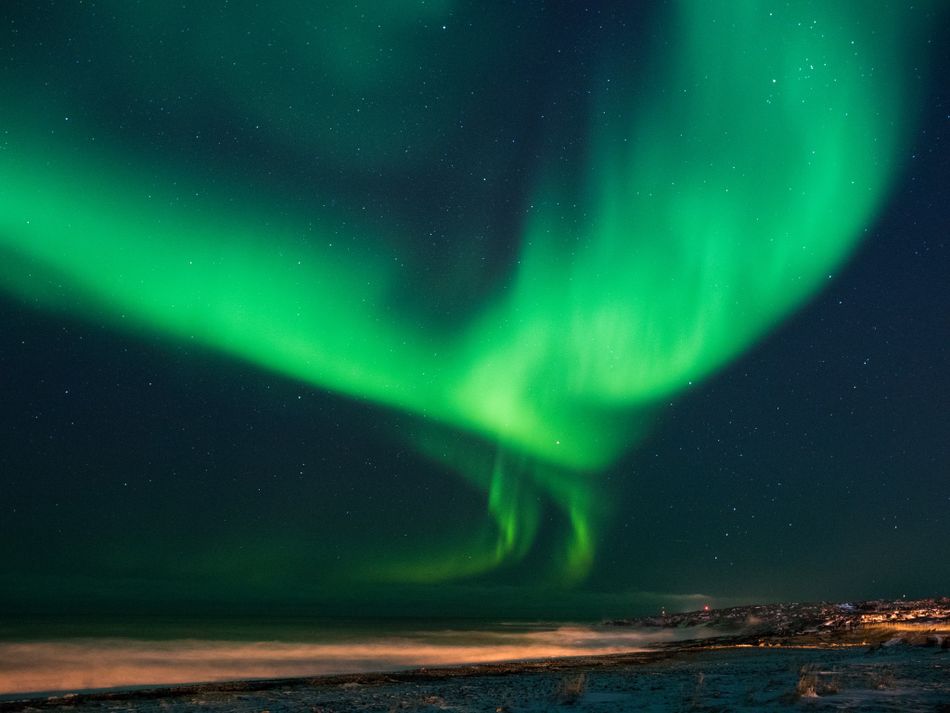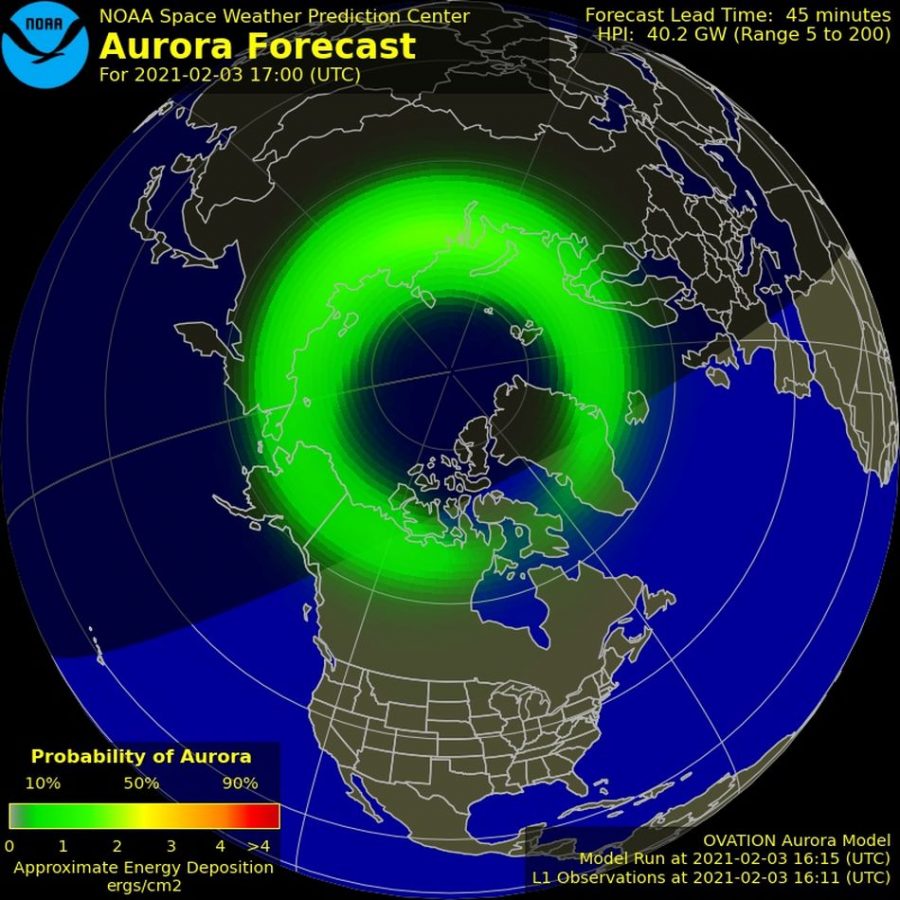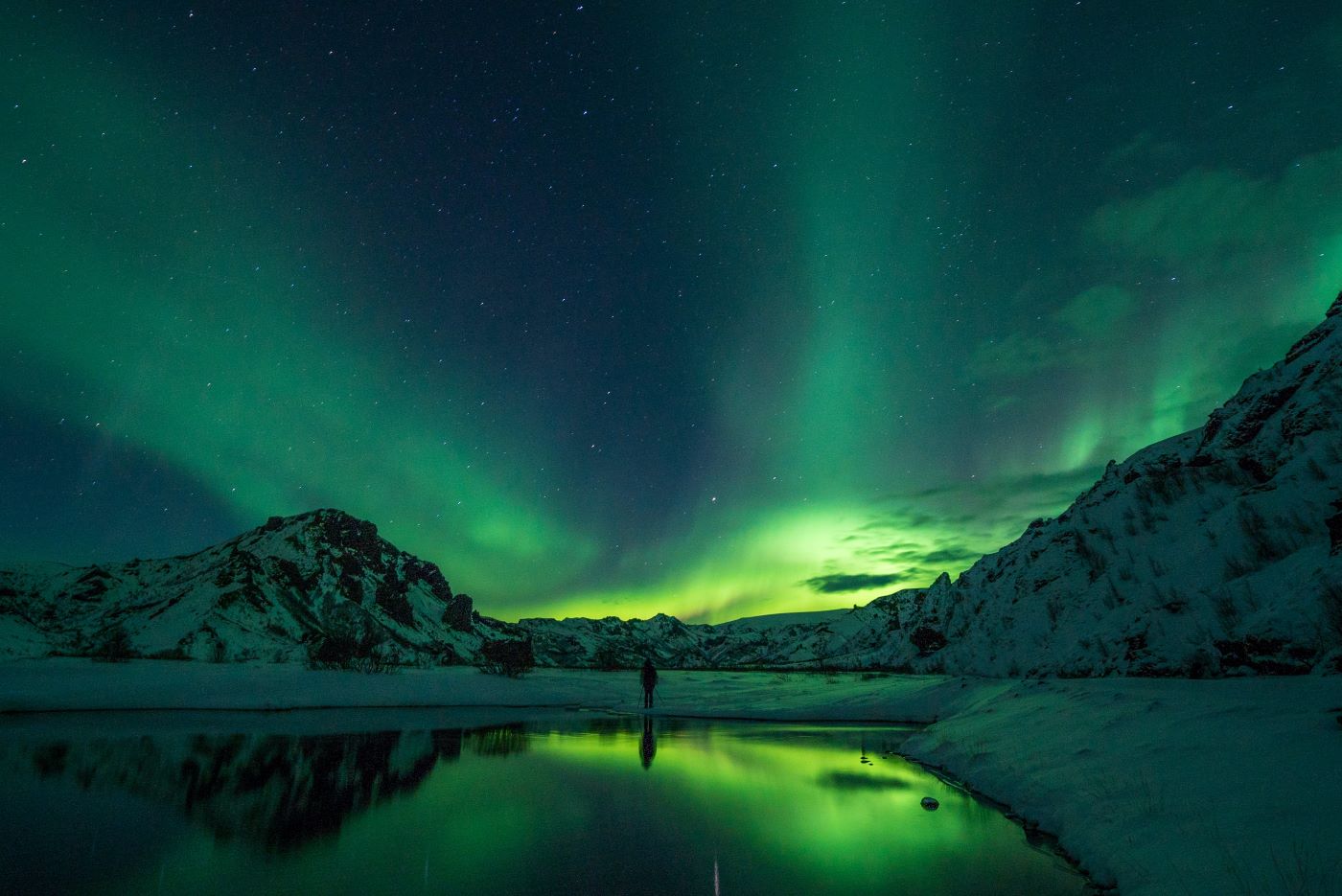It’s your only chance to witness the incredible aurora borealis from the warmth and comfort of the tropics!
The same organisation that brought livestreaming massive Alaskan bears to the masses is back with a stunning nighttime northern lights livestream at explore.org’s live Northern Lights Cam. And with February and March typically the best months to enjoy the natural and magnificent emerald-hued light show, this will be a lockdown treat for anyone who might be missing travelling and being in the great outdoors.
The Northern Lights Cam is located in Churchill, Canada, an area often teeming with polar bears (though polar bear numbers there have plummeted since the ’90s). The conservation group Polar Bears International is headquartered in this remote town, and they help with coordinating the live cam.

Having started only last year, Krista Wright, the executive director of Polar Bears International informed that, “There are over 300 nights of lights a year in Churchill.”
“It’s definitely really cool,” Wright said. “You can get lights that are dancing and moving.”
One of the reasons why the northern lights are best enjoyed in February and March in Churchill is because the town is located on the western shore of Hudson Bay, and local weather patterns contribute to the clearest nights during this season. The best times to watch the fascinating display of “ghostly” lights are generally from 10:00pm to 4:00am ET. (Churchill time is 14 hours behind Malaysia’s, so that’s 12:00pm to 6:00pm here in Malaysia.)

WHAT CAUSES THE AURORA?
The “northern lights” are caused by collisions between fast-moving particles (electrons) from space – the “solar wind” from our sun – and the oxygen and nitrogen gas in Earth’s atmosphere. These electrons originate in the magnetosphere, the region of space controlled by Earth’s magnetic field. As they rain into the atmosphere, driven by the solar wind, the electrons impart energy to oxygen and nitrogen molecules, making them excited. When the molecules return to their normal state, they release photons, small bursts of energy in the form of light.
Known as the northern lights in the Arctic – the aurora borealis – the phenomenon also occurs in the southern polar region, there called the aurora australis.

You can accurately schedule watching the northern lights with NOAA’s Space Weather Prediction Center’s forecast that informs when the lights are expected to be visible. Alternatively, there also apps like My Aurora Forecast that let you know when the lights are on full display.
Resource: Mashable SEA
"ExpatGo welcomes and encourages comments, input, and divergent opinions. However, we kindly request that you use suitable language in your comments, and refrain from any sort of personal attack, hate speech, or disparaging rhetoric. Comments not in line with this are subject to removal from the site. "



















